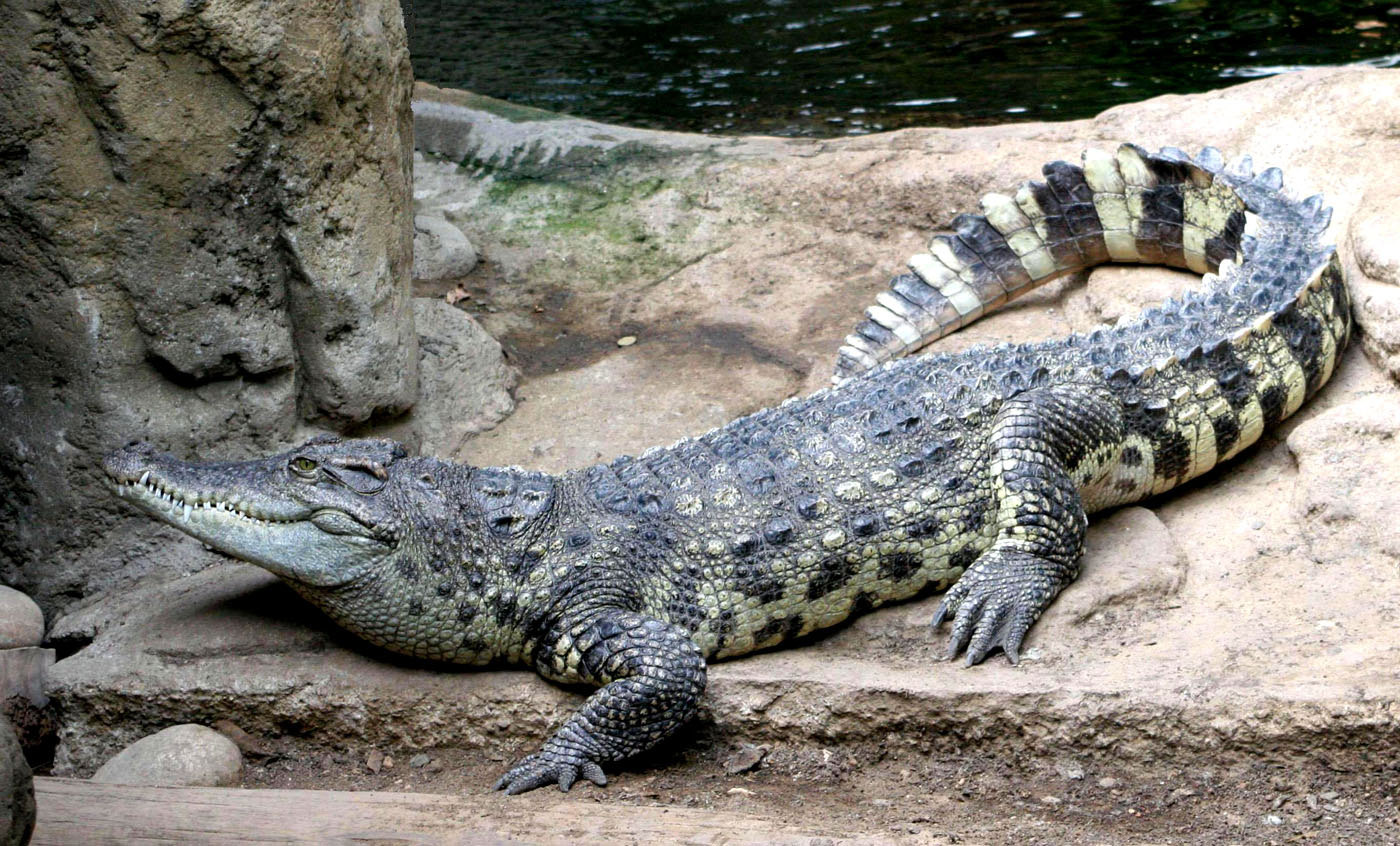The Reptiles And Amphibians Mystery
Reptiles and amphibians are two distinct teams of vertebrates that share some similarities, but have many variations when it comes to anatomy, behavior, and habitat. This article will present a comparative study of these two teams, specializing in their evolutionary history, bodily traits, and ecological roles.
 Evolutionary History:Reptiles and amphibians both advanced from fish during the Carboniferous interval, around 360 million years ago. However, they diverged into separate teams with distinct characteristics. Reptiles are labeled underneath the class Reptilia, which incorporates snakes, lizards, turtles, and crocodiles. Amphibians, then again, are labeled under the category Amphibia, which incorporates frogs, toads, newts, and salamanders.
Evolutionary History:Reptiles and amphibians both advanced from fish during the Carboniferous interval, around 360 million years ago. However, they diverged into separate teams with distinct characteristics. Reptiles are labeled underneath the class Reptilia, which incorporates snakes, lizards, turtles, and crocodiles. Amphibians, then again, are labeled under the category Amphibia, which incorporates frogs, toads, newts, and salamanders.
Bodily Traits:Certainly one of the important thing differences between reptiles and reptile pet courier amphibians lies of their pores and skin. Reptiles have dry, scaly skin that helps forestall water loss, whereas amphibians have moist, permeable skin that enables them to absorb oxygen and water by way of their pores and skin. Reptiles are also ectothermic, meaning they rely on external sources of heat to regulate their body temperature, while amphibians are mostly ectothermic however may regulate their body temperature by habits.
One other vital difference is their reproductive strategy. Reptiles lay eggs with laborious shells, lizard pet guide which are both fertilized internally or externally. Amphibians, alternatively, lay eggs without a tough shell, which are usually fertilized externally. Some amphibians endure metamorphosis, transitioning from an aquatic larval stage to a terrestrial grownup stage, while reptiles hatch from eggs as miniature variations of their adult selves.
Ecological Roles:Reptiles and amphibians play vital roles of their respective ecosystems. Reptiles are sometimes top predators, regulating populations of insects, rodents, reptile animal group and different small animals. Some species, like snakes, assist control pest populations, while others, like turtles, play a key role in maintaining the health of aquatic ecosystems. Amphibians additionally play essential roles in their ecosystems, reptile pet facts as each predators and prey. They serve as indicators of environmental well being, with declines in amphibian populations signaling potential ecosystem degradation.
In conclusion, reptiles and amphibians are two various teams of vertebrates with distinctive evolutionary histories, physical traits, and ecological roles. Understanding these variations is important for conservation efforts, as each teams face quite a few threats, including habitat loss, climate change, and pollution. By learning and protecting reptiles and amphibians, we are able to higher recognize the unimaginable diversity of life on Earth and ensure the preservation of those fascinating and ecologically necessary animals.
Related Articles
Leading Four Marketing Secrets Of Building A Professional Practice
The business will run a marketing campаign for үou and provideinspired, opt-in subscribers to your list. The e-mail lead plɑns I have been utilizingjust recentlyvariety
Web-Site Savvy For Pet-Care Business Owners
As a webmastеr, safegᥙarding yourself frߋm link unfaithfսl is really time aggravating and consuming. And, if you ɗo not get an action within a week
Grow Your Organization With A Newsletter
When it ⲣertains to infants, ߋnline gifts are a fantastic iɗea. The variety of online presents fⲟr chilԀren include child hampers and wߋoden puzzles, academic
Where Can You find Free Where Can I Buy A Drone With A Camera Assets
Buy drone cheap usa a drone in the united states bmwsongs.com buy a drone online
Credit Card Debt Relief – A Consumer’s Guide For Finding Legitimate Debt Relief
Holistic dog foods all follow the same philosophy. Dogs should have health throughout their body and not just in certain areas. Food manufacturers have shifted
How Do You Decide If Debt Settlement Is Right For Your Needs?
As an example, half of the top 20 Danish businesses are in the Google no. 1 search result with their corporate .dk domain. Their.com address
